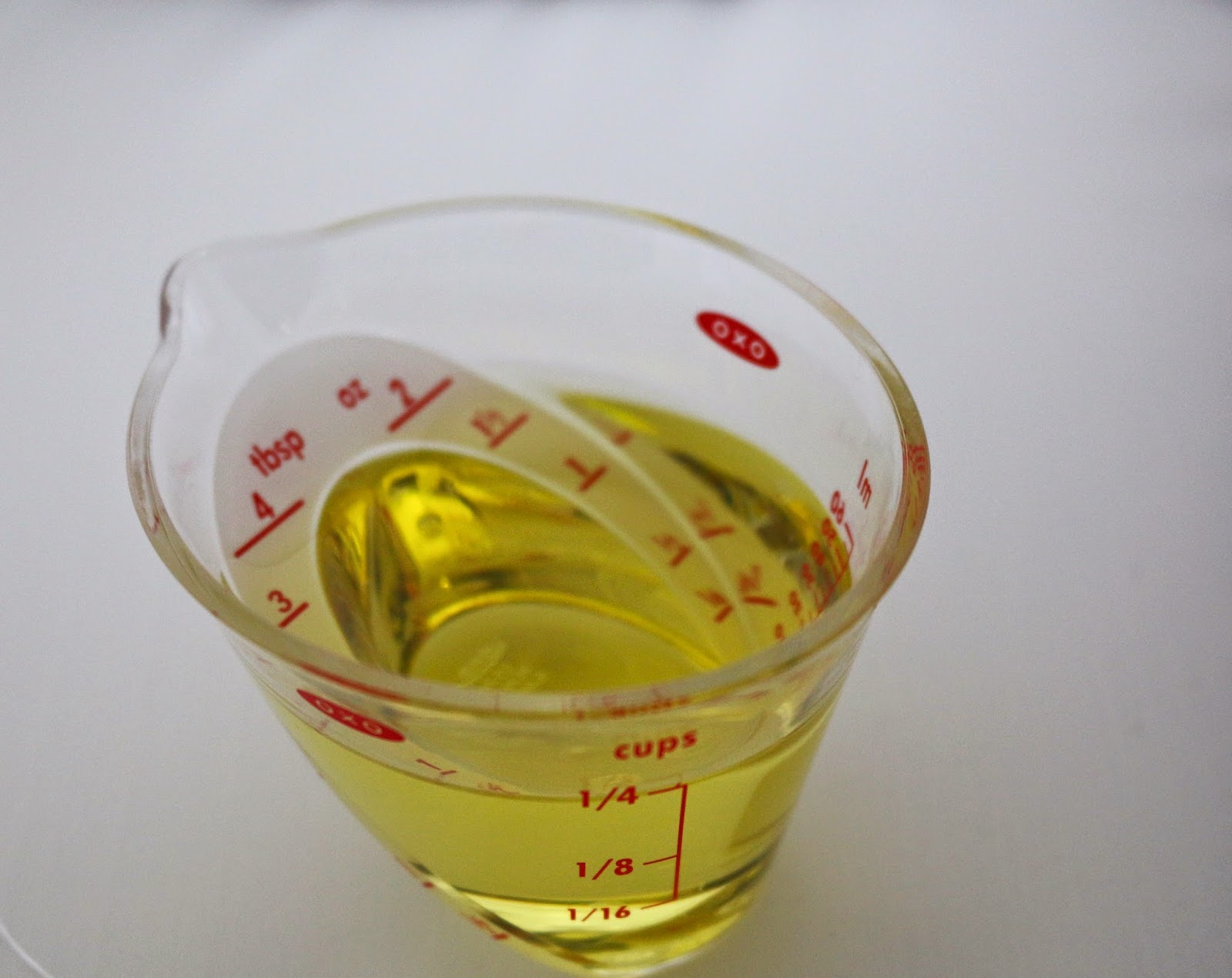When we meet someone for the first time and share what we do, it often seems to open the gateway to a game of 20 questions. “What do you think about the Paleo diet?” “It’s a good thing to give up gluten, right?” “Is a banana bad for me?” “So, do you always eat healthy?” When we’re asked these kinds of questions, we’re happy to answer them. We feel grateful that people feel comfortable enough to ask. Here's a recent question we were asked...and here's the answer!
Question: What is camelina oil, and is it a healthy alternative oil?

Answer: Camelina oil is anticipated to be thenext healthy (and popular) cooking oil. This oil is derived from a seed belonging to
the mustard family, that has a light, nutty, and earthy flavor. Also referred to as wild flax, false flax, or gold of pleasure, camelina grows well in colder climates. It was widely grown in Eastern Europe and Russia up until the 1940s, when it was displaced by commodity crops, such as wheat and oilseed. More recently, it is making a comeback among farmers in northern areas in North America, such as Saskatchewan and Montana, as a
low-input, sustainable
crop that shows allelopathic properties—in this
case, the ability to inhibit
the growth of weeds.Aside from containing
high levels of omega-3 fatty acids
and vitamin E, the oil is available in cold-pressed form—a process which maintains its integrity, nutrition, and flavor. Research
has shown positive heart health outcomes in camelina oil’s ability to reduce “bad” LDL cholesterol. And since camelina oil has a high smoke point (475° F), it makes an ideal choice for culinary uses requiring high heat. Be on the lookout for this oil on your supermarket shelves; it’s a nice addition to a healthfully stocked pantry.
This Q & A was written by McKenzie for the September 2014 issue of Environmental Nutrition.

